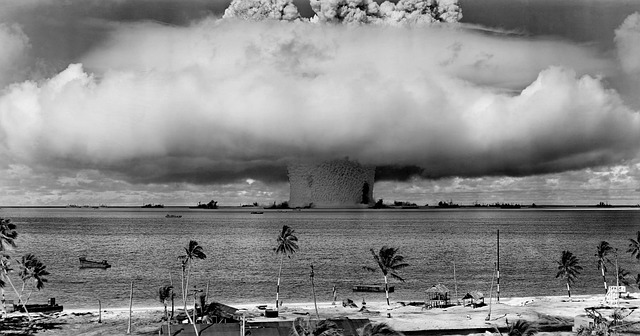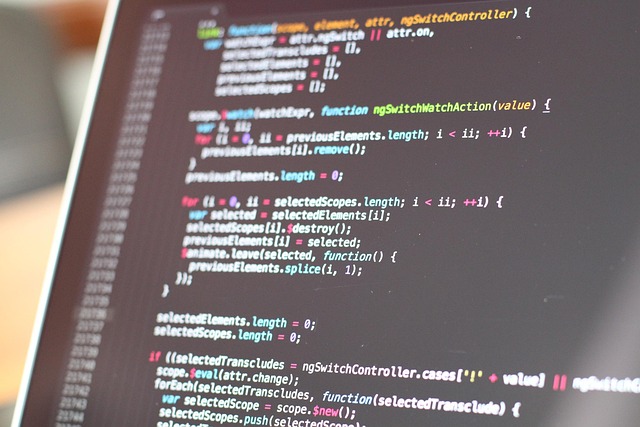
Workplace Policies and Procedures Quick Check
Introduction
Workplace policies and procedures are essential components of any organization, providing a framework that guides employee behavior and decision-making. They help ensure that all employees understand their roles and responsibilities, contributing to a safer and more efficient work environment. This article offers a quick check on the importance of workplace policies and procedures, how to create them, and best practices for maintaining them.
The Importance of Workplace Policies
Policies serve as the foundation for organizational structure. They clarify expectations and provide a consistent approach to various workplace situations. Here are some key advantages of having well-defined policies:
- Consistency: Policies ensure that all employees are treated fairly and consistently, reducing the risk of misunderstandings and conflicts.
- Guidance: They provide clear guidelines for behavior and decision-making, helping employees navigate complex situations.
- Compliance: Well-documented policies help organizations comply with legal and regulatory requirements, minimizing the risk of legal issues.
- Safety: Policies related to health and safety create a safer workplace, protecting employees and the organization.
Creating Effective Policies and Procedures
To develop effective workplace policies and procedures, consider the following steps:
- Identify the Need: Assess the specific needs of your organization and identify areas where policies are required.
- Involve Employees: Engage employees in the policy development process to ensure their perspectives are considered, which can enhance buy-in and compliance.
- Write Clearly: Use straightforward language and avoid jargon. Policies should be easy to understand to ensure all employees can follow them.
- Review Regularly: Policies should be reviewed and updated regularly to remain relevant and effective in response to changes in the workplace or industry.
Types of Policies and Procedures
Policies can be categorized into various types, including:
- Formal Policies: These are documented in employee handbooks or manuals and cover essential topics such as code of conduct, attendance, and harassment.
- Informal Policies: These may not be formally documented but are understood practices within the organization, such as office etiquette.
Best Practices for Maintaining Policies
Once policies and procedures are in place, maintaining them is crucial. Here are some best practices:
- Training: Provide training sessions for employees to ensure they understand the policies and their implications.
- Accessibility: Make policies easily accessible to all employees, whether through an online portal or printed materials.
- Feedback Mechanism: Establish a system for employees to provide feedback on policies, allowing for continuous improvement.
- Enforcement: Ensure that policies are enforced consistently and fairly across the organization.
Conclusion
Workplace policies and procedures are vital for fostering a productive and safe work environment. By creating clear, well-structured policies and regularly reviewing them, organizations can ensure that all employees understand their roles and responsibilities. This not only enhances compliance but also contributes to overall organizational success.

















 Anticodons Are Found on Which Type of Molecule
Anticodons Are Found on Which Type of Molecule 
 Health
Health  Fitness
Fitness  Lifestyle
Lifestyle  Tech
Tech  Travel
Travel  Food
Food  Education
Education  Parenting
Parenting  Career & Work
Career & Work  Hobbies
Hobbies  Wellness
Wellness  Beauty
Beauty  Cars
Cars  Art
Art  Science
Science  Culture
Culture  Books
Books  Music
Music  Movies
Movies  Gaming
Gaming  Sports
Sports  Nature
Nature  Home & Garden
Home & Garden  Business & Finance
Business & Finance  Relationships
Relationships  Pets
Pets  Shopping
Shopping  Mindset & Inspiration
Mindset & Inspiration  Environment
Environment  Gadgets
Gadgets  Politics
Politics 